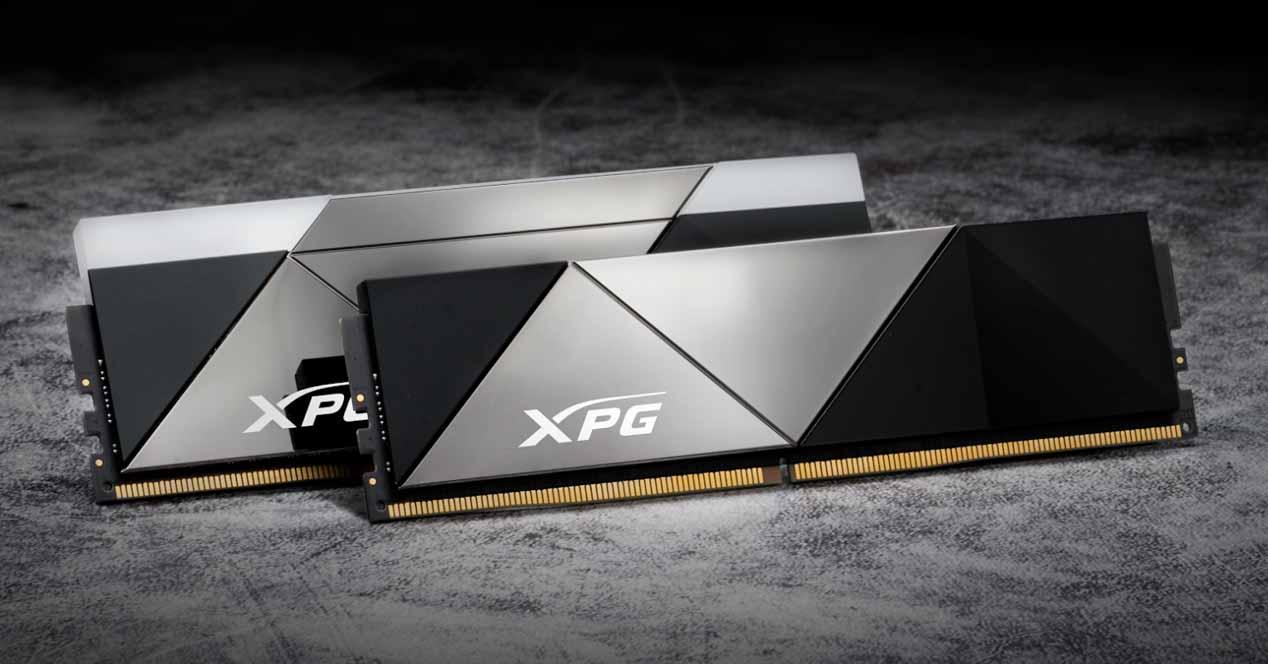XPG is the brand of ADATA whose acronym stands for “Xtreme Performance Gear” or extreme performance equipment, and as such its first DDR5 RAMs are designed to deliver the maximum performance possible in this new generation of memory. Surely it will surprise you that the manufacturer is already talking about the potential of overclock a 12.600 MHz, but this is not the case because for months we have been talking about 10 GHz DDR5 RAM, so surely if they said it is because they have already tried it and it is more than possible to get it.
XPG CASTER, the first DDR5 RAM from ADATA
The new XPG memory modules will come in two variants as can be seen in the image above, one without lighting and one with an RGB LED light bar. Despite this difference, which obviously changes the height of the modules, both share an aluminum radiator with a cohesive industrial design, conveying a feeling of depth and textural contrast with the use of two surface treatments: one glossy and one the other mat. For added depth, the matte surface of the heat sink is beveled to add an extra element of texture and a futuristic look, and of course, this design is finished with XPG branded screen printing on the sides.
These new ADATA XPG DDR5 RAM memory modules are configured to provide any gaming system with a significant performance improvement over any previous generation memory; as such, they have operating frequencies that range from 6,000 MHz to 7,400 MHz base, and also operate at just 1.1 V for greater energy efficiency and less heat generated. As if that weren’t enough, these RAMs are built with Power Integrated Circuit (PMIC) and Error Correction Code (ECC) technology to improve efficiency and stability.
For now, the manufacturer has not given more information regarding the launch or the price, so beyond the fact that they will be available in kits of 2 × 8 GB and 2 × 16 GB at speeds of 6 000 and 7400 MHz, we don’t have any more. The data. We assume that there will also be 64GB (4 × 8GB) and maybe even 128GB (4 × 16GB) kits, and we also assume that they will be sold at speeds intermediate between those advertised. 6000 and 7400 MHz (in fact, they will surely end up selling at higher speeds if the manufacturer’s overclocking predictions are true). Regarding the price, they haven’t said a word, but they have confirmed that they will be on the market in this third quarter of the year, so we won’t have to wait long.









